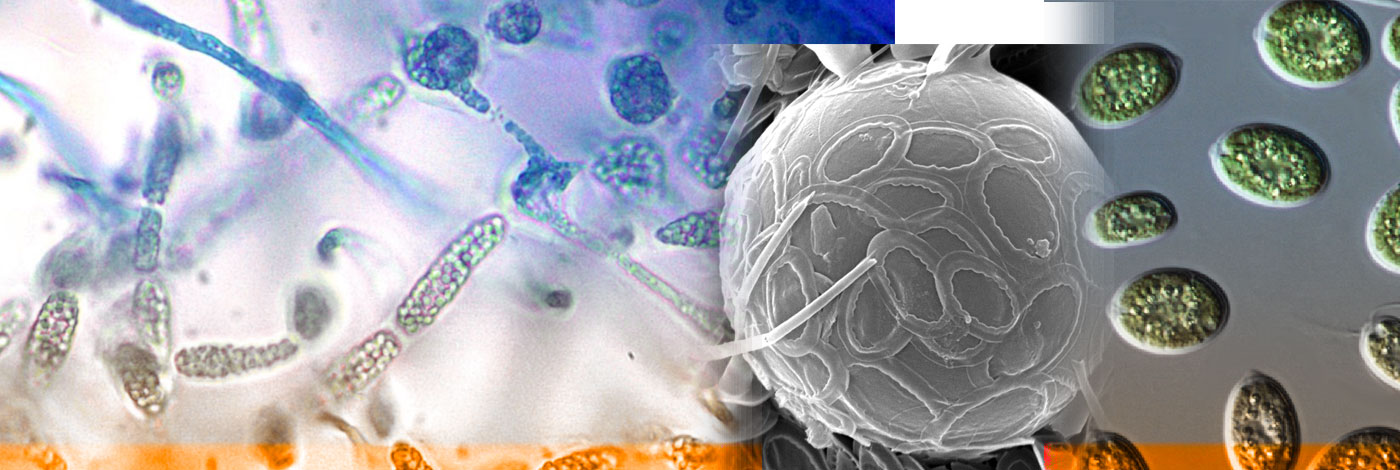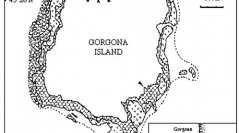

 Cryptogamie, Algologie
25 (1) - Pages 19-38
Cryptogamie, Algologie
25 (1) - Pages 19-38Macroalgal communities of Gorgona, the smallest island of the Tuscan Archipelago National Park (north-western Mediterranean Sea), were described by using both species and morphological groups. A floristic list was obtained for the main benthic habitats of the island and temporal fluctuations in macroalgal assemblages were studied during a one-year period on rocky substrata at 1, 10 and 35 m depth, on leaves and on rhizomes of Posidonia oceanica at 10 m depth and in a rhodolith assemblage on a soft bottom at 50 m depth. A total of 230 macroalgal species were identified (30 Chlorophyta, 46 Fucophyceae and 154 Rhodophyta). On rocky substrata, filamentous and crustose species were abundant in shallow water, corticated-terete and foliose species dominated the intermediate assemblage and crustose, foliose and articulated algae characterized the deep assemblage. In P. oceanica meadows, crustose species dominated on leaves and filamentous species on rhizomes. On rhodoliths, leathery macrophytes dominated in June and September. The loss of information by using of morphological groups was comparable to that shown in similar studies of other biogeographical regions. The main patterns of temporal variability in the studied assemblages, however, were maintained by using this approach.